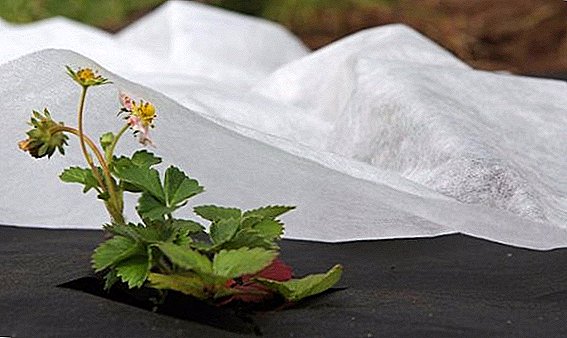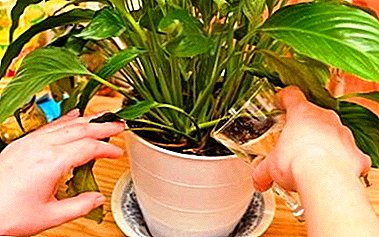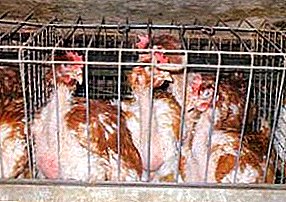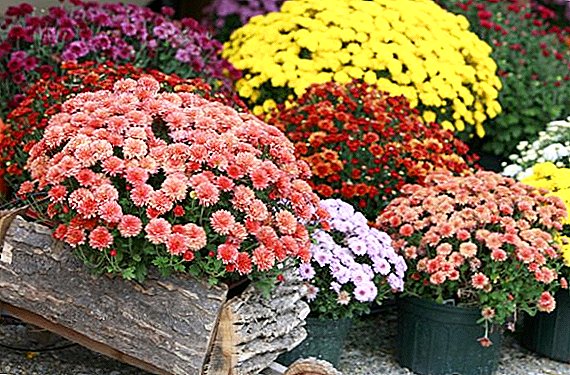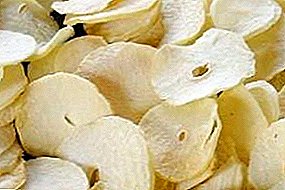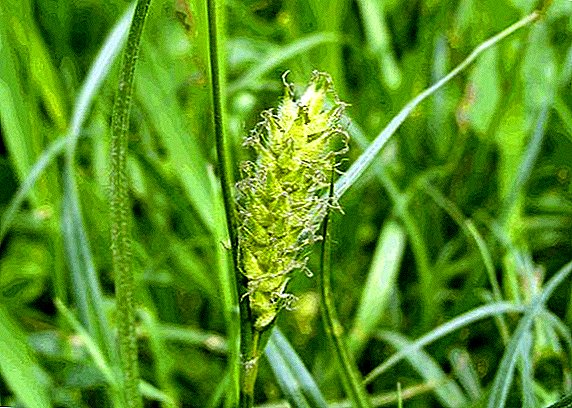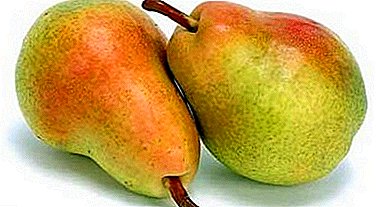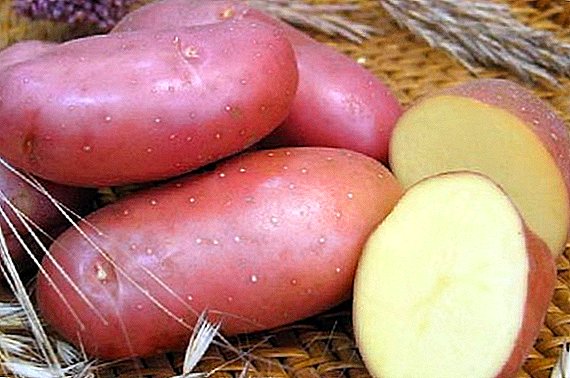 What is the "Irbitsky" potato, what are its features, description and characteristics of the variety, as well as photos and reviews - these are useful information that will be useful for amateur gardeners who want to grow this vegetable in their own plots.
What is the "Irbitsky" potato, what are its features, description and characteristics of the variety, as well as photos and reviews - these are useful information that will be useful for amateur gardeners who want to grow this vegetable in their own plots.
Characteristics and description of the variety
Potatoes "Irbitsky" is a promising variety for growing in vegetable gardens. The time from planting to harvest ranges from 70 to 90 days.
With one hectare, you can get up to 390 centners of products with excellent taste. This variety has proven itself in storage - up to 96% of the crop is stored.
Bushes sredneroslye, compact. Flowers of medium size with an effective azure shade on the inside. The leaves are dark green, medium size. Potato variety "Irbitsky" has round-shaped fruits with small eyes.  Potatoes are colored red, the flesh is light yellow. In one bush grows up to 8 tubers. The weight of one potato reaches 190 g. The starch content is up to 16.5%.
Potatoes are colored red, the flesh is light yellow. In one bush grows up to 8 tubers. The weight of one potato reaches 190 g. The starch content is up to 16.5%.
Did you know? For the first time the variety will appear in 2009 in the Urals in the Russian Federation. Today it is one of the best varieties of research institutes.
Features of growing
Root crops of this variety, in general, have no unique features of cultivation, as it is unpretentious, unlike others.
Choosing a place
The plot for planting potatoes should be sunny and, if possible, protected from drafts, as this vegetable loves light.
Ground Requirements
For growing potatoes, loose soil is ideal, with good drainage and aeration. This variety is not picky about the composition of the soil, although it is better to give preference to the soil where the grasses, winter crops and legumes were grown.
On the sandy soil to plant this potato stands after the lupine. Soil acidity - pH 6.
Learn more about such popular varieties of potatoes as "Gala", "Kiwi", "Rosara".
Planting potatoes "Irbitsky"
Potatoes "Irbitsky", according to the experience of gardeners and the description, planted in the same way as most other varieties.
The main condition for obtaining a rich harvest is a well-prepared planting material and optimal planting dates. 
Timing
The right choice of planting time for potatoes - and half of the problem is solved. The yield and quality of tubers depend on the time of planting. Proper soil temperature helps the roots to root and grow.
Early planting time gives a yield of 600%. Gardeners with experience and farmers believe that the optimal time for planting the Irbitsky variety is when the soil at a depth of 12 cm warms to 7-8 ° C.
It is this temperature that gives rise to the roots. Potato planting is also possible at a temperature of +30 ° C, provided that the planting material is already germinated and there will be no sub-zero temperatures.
Early planting of a root crop makes it possible to form a powerful root system, which is the basis of the health and development of this plant.
Important! Planting potatoes in unheated soil reduces yield by an average of 20%.

Preparation of planting material
Potatoes are prepared for planting in 3 weeks:
- revise the tubers, remove the rotten and diseased roots:
- place the planting material in a bright and warm place for germination;
- divide the roots by size into fractions;
- divide large tubers into parts (on one part - up to 3 buds);
- treat root crops with preparations for protection against diseases and preparations for growth.
To stimulate the germination of tubers, a special solution is used, consisting of wood ash, mineral complex fertilizer and copper sulfate.
The amount of ash is not regulated. For 1 liter of water, add a quarter of a teaspoon of copper sulfate and fertilizer on the tip of a knife. Mix well and spray planting material every other day.
You can soak the tubers in this solution, but not more than 2 minutes. This, in turn, protects against fungal damage. 
Technology
To plant this root crop is recommended in the prepared furrows. The soil is pre-fertilized. Withstand 60 cm between plants, 35 cm between rows. Root crops deepen into soil by 8-10 cm.
Did you know? Potatoes - This is the first vegetable that was grown in space. This was done by the Americans in 1995 aboard the shuttle Columbia.
Features care for the variety
There are areas in which in summer quite hot days can alternate with cool, so it is impossible to develop unique rules of care that will act the same for everyone.
However, certain agrotechnical works for the care of Irbitsky varieties should be present.
Hilling and loosening
The first loosening of the soil is carried out to a depth of 10 cm, the next - no more than 7 cm. When the bushes have grown to a height of 16 cm, make the first hilling to a height of 19 cm. The next hilling should be done before closing the tops. 
Watering
This variety is drought-resistant, but several waterings will not harm it. On average, for the season you need to spend no more than 3 irrigations.
Top dressing
The best time to apply fertilizer is autumn, when the beds are dug up. Then on 1 square. m of area are brought in one bucket of compost or quail, 15 g of potassium salt and 30 g of superphosphate.
Experienced gardeners recommend adding wood ash to the wells when planting potatoes. Wood ash - a storehouse of phosphorus and potassium, the elements indispensable for this root.
Adding nitrogen fertilizers should be done only in early spring, since nitrogen is suitable for green mass, and we need good tubers.
Important! An alkaline soil adversely affects this root crop. As a result, planting in such a soil will reduce the growth of tubers and the deterioration of the taste of the product.
Diseases and pests
This type of potato is not practically susceptible to diseases such as cancer, golden nematode, late blight, leaf curls, mosaic. From the invasion of pests will help insecticidal drugs.  Knowing what kind of potato "Irbitsky" is, what characteristics it has, as well as what features of cultivation are known, you can not be afraid to try to plant such root crops in your area.
Knowing what kind of potato "Irbitsky" is, what characteristics it has, as well as what features of cultivation are known, you can not be afraid to try to plant such root crops in your area.



